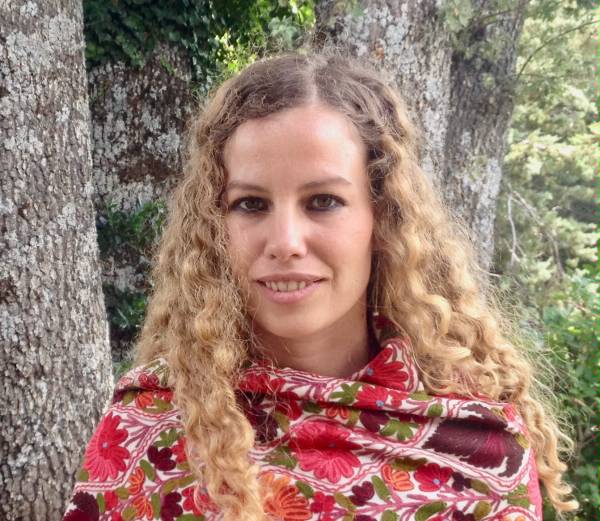Dr Ana Gatoo


Ana Gatóo is a Lecturer in Regenerative Design at Westminster University, where she specialises in researching affordable housing solutions for low-income populations using natural materials and digital tools. Ana holds a PhD on this subject from the Centre for Natural Material Innovation (CNMI) at Cambridge University, where she spent over seven years working, developing innovative housing solutions addressing social and environmental challenges.
In addition to her academic role, Ana is a partner at Light Earth Designs, a renowned architectural practice known for its commitment to environmentally sensitive architecture and innovative engineering. Ana is also a Committee Advisor for REDER Journal and a Board Advisor for Prospectives Journal.
Her undergraduate studies in Engineering culminated in investigating earth as a building material. Her graduate studies in Architecture focused on timber and bamboo. Outside academia, Ana has dedicated several years to working with international NGOs on development, disaster response, and community engagement in various countries.
There is a pressing need to change how we design and construct our built environment. We know that at least 1.6 billion people are inadequately housed worldwide, millions of evictions happen every year, and the built environment accounts for almost 40% of the global carbon emissions.
My current research lies in developing flexible and affordable housing solutions with natural materials and digital tools for future cities. Digital design and fabrication are changing the relationship between design and construction. New methods are giving rise to innovative ways of thinking about architecture. My research aims to expand timber and other bio-based material applications through digital design for future cities that are sustainable, inclusive, and affordable.
The overarching themes of my research interests are broadly trying to answer four questions:
How can architecture be affordable, inclusive, and adaptable?
How can construction with sustainable materials reduce the impact of the built environment in contexts worldwide?
How can digital design and fabrication tools enable better construction of buildings to the broadest possible segment of society?
How can we merge the best of traditional, conventional, and vernacular architecture with contemporary technologies to design future cities that care for the people and the environment?
My research explores the evolving relationship between nature and the city, natural materials and buildings, and a flexible, adaptable, and responsible future balanced between people and the planet.